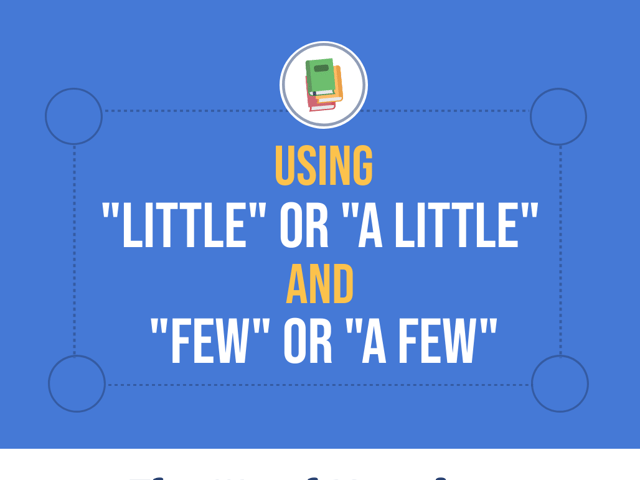
Active vs. Passive Voice
When writing or speaking, the “voice” you use to communicate can dramatically change the message you are delivering. A formal voice, for instance, conveys a sense of authority and confidence. An informal voice can help your audience feel at ease. Although there are many different ways to alter the voice you use in your speaking and writing, there are two particular voice forms that can drastically alter not only the manner in which you speak, but also the way it is perceived and received. These are called active voice and passive voice.
Active Voice
Active voice is a manner of speaking or writing that uses both a definitive verb and the noun putting that verb into action. “The dog ran,” for instance, demonstrates a clear noun (dog) and a clear verb (ran), leaving no question as to who or what is at the source of the sentence’s action.
Passive Voice
Passive voice, however, does not rely on a clear noun or subject and instead obscures the source of action. “Mistakes were made,” is the most commonly used example of passive voice, as it is often used by authority figures, politicians, and others in positions of power in order to evade blame or responsibility.
Which Voice to Use
In active voice, the subject of a sentence performs the action. In passive voice, the action in the sentence is performed upon the subject. To convert a sentence to passive voice, some rearranging is required. The sentence, “The women worked together in men’s sportswear,” is active. The sentence “The work was done in men’s sportswear,” is not only passive, but also makes the sentence more difficult to understand; after all, who exactly is doing the work in men’s sportswear? Although both structures have their place, active voice is typically preferred in informal, conversational, or persuasive formats. Passive voice is more commonly utilized in informational and formal settings.
How to Tell the Difference
Distinguishing between active and passive voice requires the ability to locate both the subject of a sentence and the action within a sentence (usually a verb and noun or noun phrase). From there, you can shift a passive sentence into an active one, or an active sentence into a passive one. Using the example above, “Mistakes were made,” becomes “They made mistakes,” by taking the verb (“were made”) and identifying who exactly made the mistakes. Because passive voice does not identify the source of the action, you may need to use context clues or make assumptions about the source of the action.
As their respective names suggest, active and passive voice are different in the way they deliver information. Active voice demonstrates action being done by someone or something, while passive voice demonstrates action being done to someone or something. You can find all sorts of information on English language topics in our FREE English Basics test.

Keep Reading

English Basics Blog
How to Write a Compare and Contrast Essay
When you were in school, you probably had to write a lot of different t…

English Basics Blog
What are Superlatives?
We spend our lives making comparisons, whether we realize it or not. Wh…

English Basics Blog
When to Use “Little” or “a Little” and “Few” or “a Few”
Few aspects of the English language can grow as convoluted as when to u…